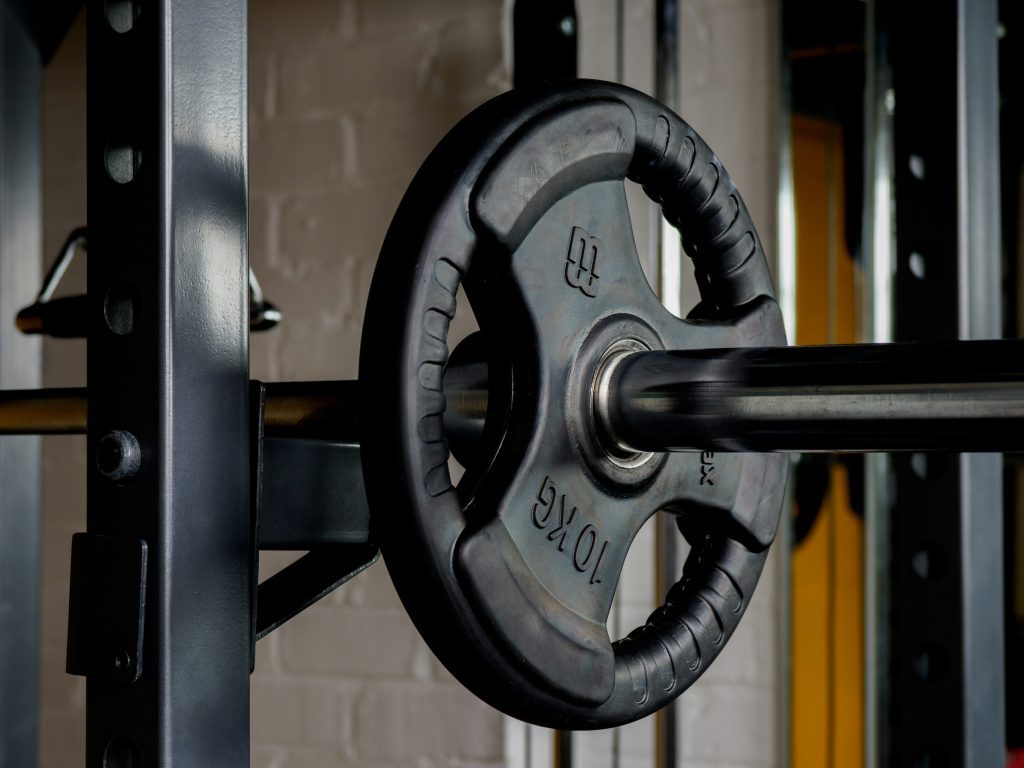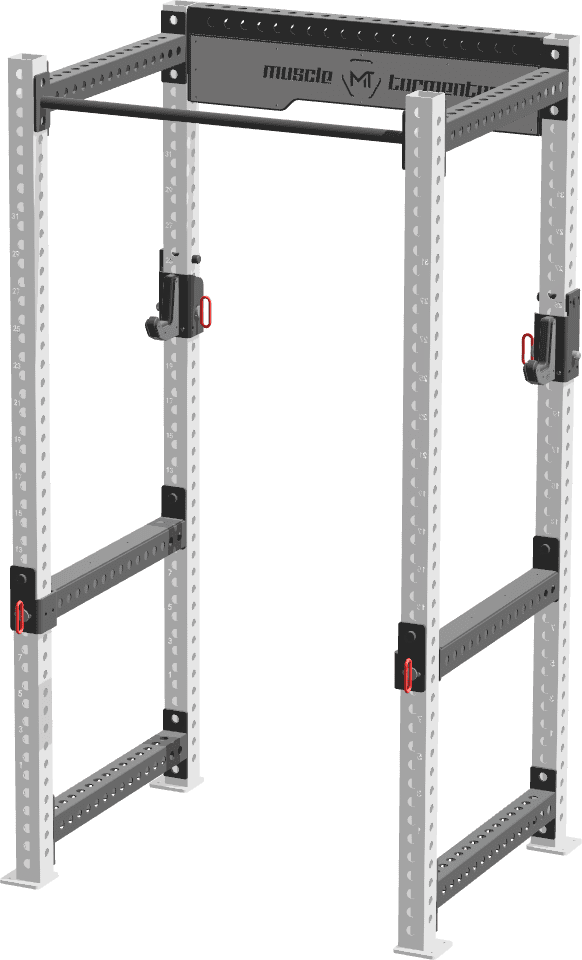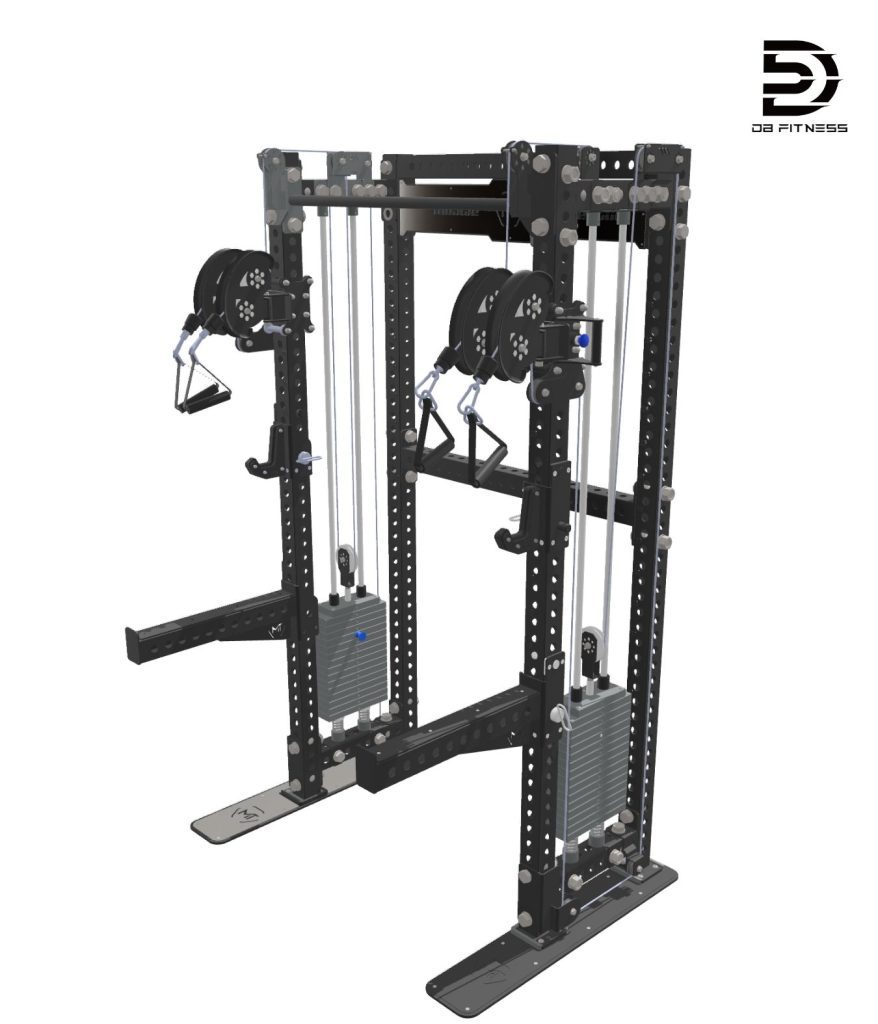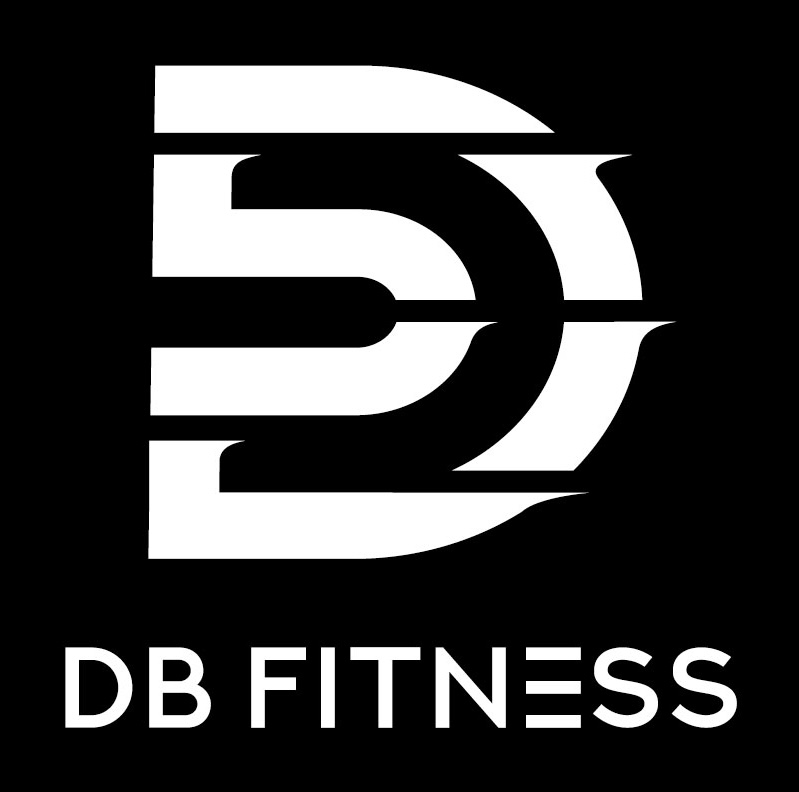Why Load Capacity and Stability Matter When Choosing a Squat Rack
When buying a squat rack for your home or commercial gym, two questions always come first: How much weight can it handle? and Is it stable enough?
These two factors — load capacity and stability — determine not only your safety during training but also the long-term value of your gym investment.
Understanding the True Importance of Load Capacity
Many buyers compare racks by price alone, but load capacity reflects much more than just a number.
It tells you about the material strength, frame integrity, and engineering quality behind the design.
A heavy-duty squat rack with a load rating above 400 kg is not simply for advanced lifters — it’s a sign of durability and structural reliability.
In contrast, cheaper 150 kg racks may feel unstable, flex under pressure, and wear down faster with repeated use.

The Real Difference You Can Feel
A high-capacity rack:
- Feels more solid and secure during lifts
- Minimises wobble and noise
- Handles accidental drops or heavy re-racks with ease
In short, a stronger rack equals greater safety and confidence, especially when lifting alone.
Why Stability Defines a Professional-Quality Squat Rack
Load capacity determines what a rack can hold — stability determines how safely it holds it.
Even the strongest materials won’t help if the frame shakes during squats or bench presses.
Key stability factors include:
- Base design: A wider or reinforced base distributes weight evenly.
- Frame thickness: Thicker steel tubing reduces flex and vibration.
- Weight distribution: Proper geometry prevents tipping during dynamic lifts.
An unstable rack distracts you from form and increases injury risk.
A stable frame, on the other hand, creates a professional-grade lifting experience that supports consistent progress

Full Squat Rack DB-6030
J Hooks and Spotter Arms – The Unsung Heroes of Safety
Every lifter relies on J Hooks and Spotter Arms, even if they don’t think about them.
These parts bear the direct impact when you drop or re-rack a loaded barbell — and their quality makes a huge difference.
Design Matters: Half vs Full Enclosure
- Half-enclosed steel plates: cheaper, but stress concentrates on smaller areas, causing long-term bending or loosening.
- Fully enclosed designs: distribute force evenly, maintain alignment, and prevent the barbell from slipping off.
For lifters handling heavier weights, a professional-quality squat rack with reinforced J Hooks and Spotter Arms offers peace of mind and safety redundancy.
The Value of a Long-Term Investment in Gym Equipment
A rack built with high load capacity, superior stability, and reinforced safety parts is more than just gym equipment — it’s a long-term training partner.
Investing in quality pays off through:
- Fewer maintenance issues
- Safer workouts
- Better focus and performance
Over time, a durable rack proves to be a long-term investment gym equipment choice that saves money and supports your training goals for years.

Half Rack with Cable Pec Fly DB-6022
Choosing the Right Squat Rack: What to Consider
Not all racks are made equal. When comparing models, look beyond the price tag and check these details:
- Steel thickness and grade – thicker and higher-grade steel means higher safety margins
- Spotter Arm design – opt for full-enclosure construction for stability
- Protective coating – powder-coated or anti-rust finishes extend lifespan
Practical Buying Tips
- For home gyms, choose compact but stable frames rated above 300 kg.
- For commercial use, go for reinforced designs with 400 kg+ capacity and solid base anchoring.
- Always balance budget with value and safety, not just appearance.
Final Thoughts
A squat rack’s worth isn’t defined by looks but by what lies beneath — strong materials, reliable structure, and precise craftsmanship.
Choosing a high-quality rack means investing in both your safety and your training longevity.
At DB Fitness, we offer durable and professional-grade racks that meet New Zealand’s highest safety standards.
Explore our full range of squat racks and heavy-duty gym equipment designed to help you train with confidence and strength for years to come.
Common Squat Rack Purchase Q&A in New Zealand
1.What is the difference between a Squat Rack, a Half Rack, and a Power Cage?
A Squat Rack (or stand) usually has two uprights and a smaller footprint, best for squats and presses. A Half Rack has four uprights but is shallower than a cage, often including a pull-up bar. A Power Cage (Full Rack) is a full four-post enclosure, offering the highest safety and most versatility, but takes up the most space. Choose based on your available space and safety needs.
2.Are Safety Spotter Arms or Safety Bars necessary?
Absolutely Essential! They are the critical safety feature that prevents injury during failed reps on heavy lifts like squats and bench presses, especially when training alone. Ensure they are sturdy and easy to adjust.
3. How do I ensure the rack is stable if I can’t bolt it down?
Check the rack’s weight and the base design. Heavier racks are inherently more stable. A wide, solid base helps. However, for heavy lifting, it is highly recommended to use the bolt-down option if available for maximum safety. You can also add stability by storing weight plates on the rear storage pegs.
4. Can I use a squat rack for exercises other than squats?
Yes! It’s the central piece of a home gym. Common exercises include: Bench Press (with a separate bench), Overhead Press, Pull-ups (if it has a bar), and Rack Pulls/Rows.
5.What should I inspect when buying a used squat rack?
Frame Condition: Look for cracks, dents, or severe rust that could compromise safety. Minor scratches are fine. 2. Safety Components: Closely inspect the J-cups and safety pins/arms for any signs of bending or structural damage. 3. Stability: Test the rack’s stability by shaking it. It should not wobble excessively. 4. Hardware: Check that all nuts and bolts are present and in good condition.
